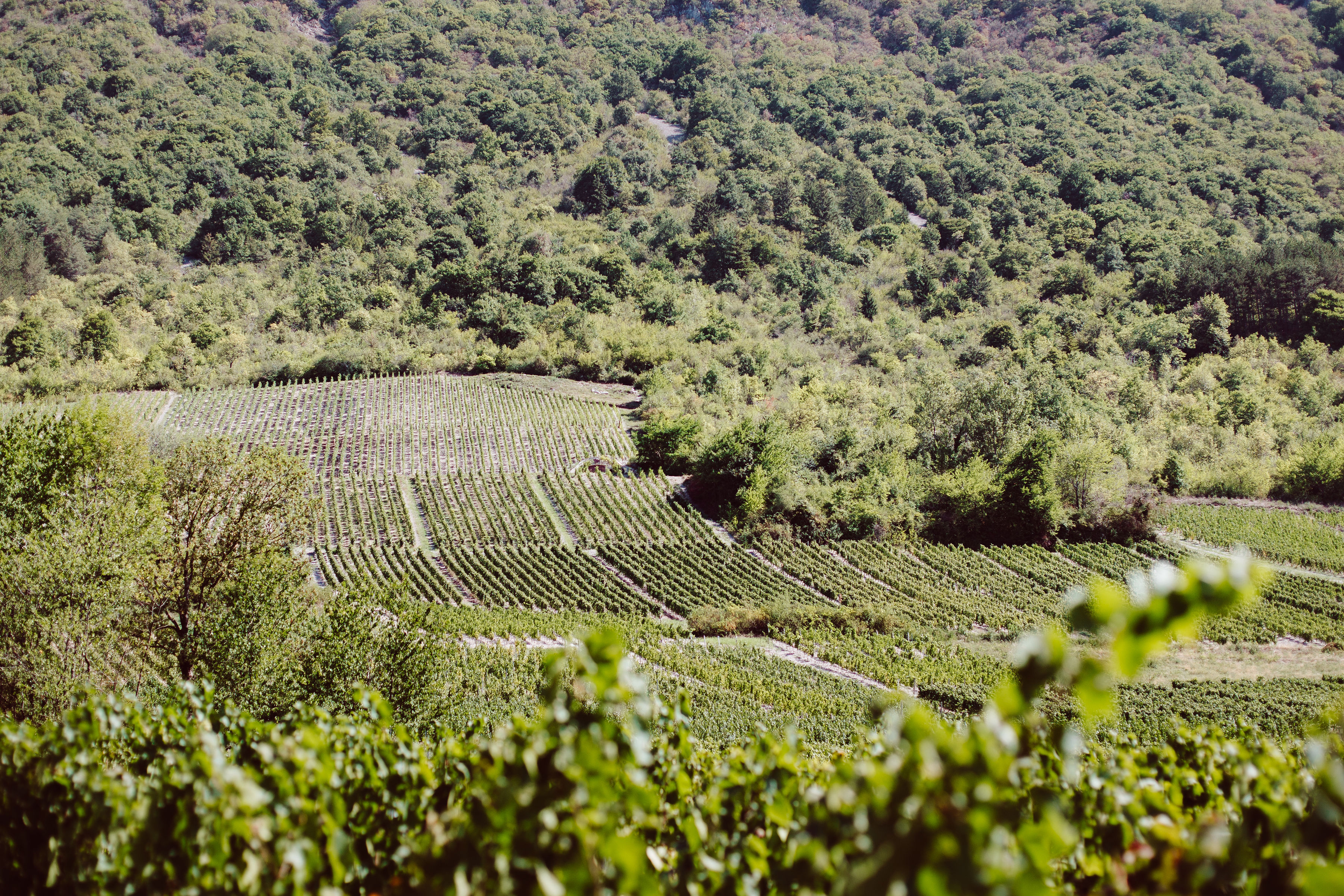Côte de Beaune PDO
As its name suggests, this appellation belongs to the Côte de Beaune vineyards, a sub-part of the vast Burgundy wine region. As prestigious as the Côte de Nuits, situated further north, the Côte de Beaune stretches between Ladoix-Serrigny and Cheilly-lès-Maranges. It is on the heights of Beaune, capital of Burgundy wines, that the AOC Côte de Beaune is rooted. This one is mainly composed of red wines, which play the score of the black pinot perfectly. Less numerous, the whites also unfold all the qualities of the chardonnay.
General presentation of the appellation côte-de-beaune
The côte-de-beaune AOC spreads its small thirty hectares on the heights of the Montagne de Beaune, in Côte-d'Or. At an altitude of 300-370 metres, Burgundy's leading grape varieties are ideally situated and 2/3 of the production is red wine and 1/3 is white wine.
The appellation is located in the northern part of the Côte de Beaune, between the AOC Savigny-lès-Beaune and Pommard. It should not be confused with the côte-de-beaune-villages appellation, which produces only red wines.
The pinot noir occupies about twenty hectares, against a dozen for the chardonnay. The côte-de-beaune appellation has various lieux-dits, including Les Pierres Blanches, Les Monsnières, Les Montbatois and La Grande Chatelaine, for the best known.
Characteristics of Côte de Beaune
All the characteristics of pinot noir are expressed in the red côte-de-beaune. The colour is a clear, brilliant ruby with purple highlights. The aromatic palette is that of pinot noir: small red and black fruits, notably blackcurrant, are joined by floral and vegetal notes evoking violet, undergrowth and humus.
The white Côte-de-Beaune wines exploit all the qualities of Chardonnay. Their colour is an intense and very bright golden yellow. With lemony aromas, their nose is typical of Chardonnay. This citrus bouquet is enhanced by vegetal notes of fern and fresh grass. Discrete touches of butter and hazelnut are also to be noted, as well as a beautiful minerality.
These Côte de Beaune AOC wines have a medium ageing potential: 2 to 5 years in both colours. However, the best reds can be aged for 10 years.
How to taste a Côte-de-beaune
A red côte-de-beaune goes ideally with regional dishes such as beef bourguignon and fondue bourguignonne. This Burgundy wine is best served with fine cuts of meat: roast beef or pork, grilled entrecote, hamburger, leg of lamb, etc. It also goes well with game. When it comes to cheese, a côte-de-beaune is best served alongside brie, chaource, munster and soumaintrain. It is best served at a temperature of 15-16°.
A white côte-de-beaune is a perfect accompaniment to fish: turbot fillet, salmon carpaccio, fish in a light sauce... It is also an excellent companion to pasta and seafood risotto, such as clams, mussels, shrimps... This Chardonnay also accompanies white meats, such as poultry in a cream sauce. For the cheese platter, choose Comté, Gruyère, Beaufort and goat's milk cheeses. Its serving temperature is ideally around 12-13°.
Laissez-vous tenter... par les autres appellations !
Le vignoble
